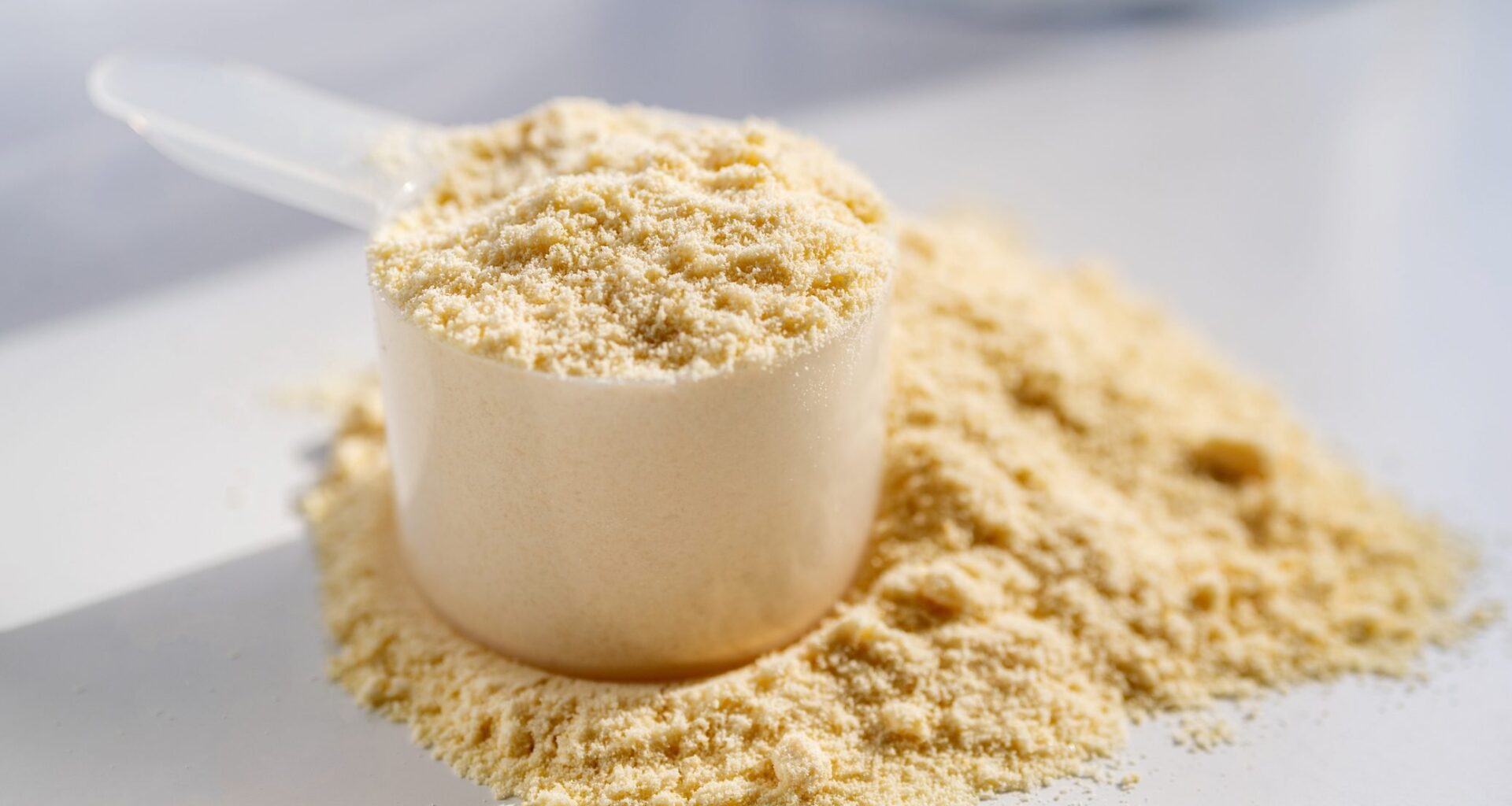Maintaining lean muscle is a powerful way to promote healthy aging, influencing everything from mobility and independence to metabolic health and longevity. Now, a November 2025 study published in the Journal of Nutrition, Health & Aging adds fresh insight, revealing how different exercise and nutrition approaches stack up in supporting muscle strength and function.
Drawing from 96 randomized controlled trials involving 7,596 participants, sports science researchers in China used various functional health tests to systematically compare interventions and grade their certainty. Specifically, it looked at how these factors impacted adults with sarcopenia, a progressive loss of muscle mass.
Across outcomes, three factors emerged as most effective for staying lean and preserving functional muscle:
- Resistance and balance training (RBT)
- Protein-based nutritional supplementation (Nu)
- Strategically combining both (RBT + Nu)
First, resistance and balance training was a powerful driver of functional gains. The training alone produced the greatest improvement in the “timed up and go test,” an exercise in which subjects are instructed to stand up from a seated position in an arm chair, walk to a point 10 feet away, then turn and return to their original seated position. In this test—a key indicator of mobility, according to the CDC—the subjects who underwent training saw a clinically meaningful time reduction of over two seconds.
Additionally, aerobic-resistance-balance programs saw the strongest gains in balance performance, reinforcing the value of varied, coordinated movement for maintaining physical stability. This is more important than many people may understand: national data show falls are now the leading cause of injury-related deaths among older adults, and the risk of fatality from falls rises steeply with age.
Second, protein-based nutritional supplementation or amino acid supplements consistently led to the largest increases in knee extension strength and appendicular skeletal muscle mass—the latter representing muscle mass in the arms, legs, shoulders, and pelvic girdles. These two biomarkers are central to retaining lean mass during aging—again, helping to prevent falls, but also supporting mobility and physical activity that further promote healthy aging.
Most importantly, the third factor—the combination of exercise and protein—produced the strongest and broadest benefits. Resistance and balance training plus nutritional supplementation (RBT + Nu) yielded the largest improvements in grip strength, gait speed, skeletal muscle index, and other measures of functional health. When combined with aerobic elements and nutrition, multicomponent training produced the best improvements in the “five-times sit-to-stand test,” further underscoring the role of muscle building in combating functional decline. In this test, subjects are instructed to stand up and sit down five times as quickly as they can, without using their arms or legs to push off of the chair.
Separate research has suggested the real world effects of hanging onto muscle can be meaningful, too: One 2022 meta-analysis of 16 studies determined that building muscle mass could reduce “all-cause mortality, cardiovascular disease (CVD), total cancer, diabetes, and lung cancer” by up to 17% in aging adults.
So, for those looking to tone up and slim down as they age—or simply live longer—a combined strategy of resistance and balance training plus protein supplementation presents “an optimal strategy when feasible,” the China researchers note. Let this serve as reinforcement that your diet and exercise should work in tandem for the strongest results.
For daily wellness updates, subscribe to The Healthy by Reader’s Digest newsletter and follow The Healthy on Facebook and Instagram. Keep reading:
